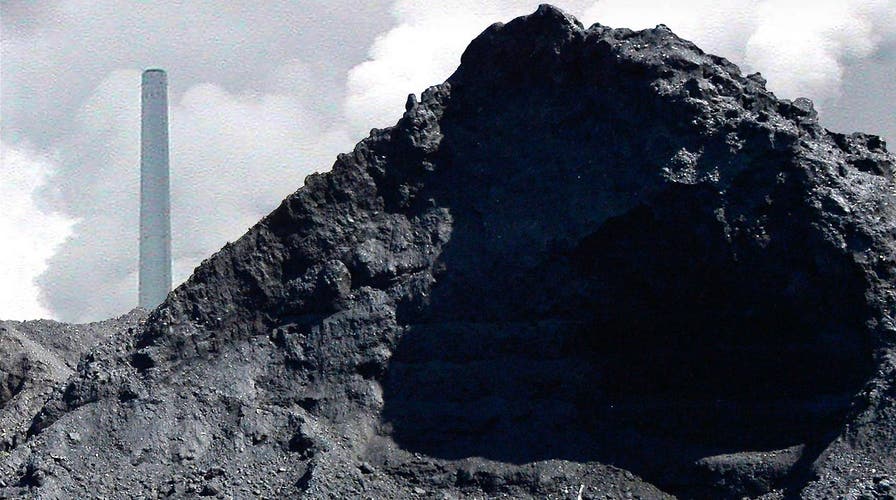How new EPA regulations ignite the war on coal
Critics slam the Clean Power Plan for putting jobs at risk; Shannon Bream reports on 'Special Report'
The EPA’s newest ozone pollution rules have placed 26 national parks – including such gems as Sequoia and Rocky Mountain – out of compliance. But to hear the National Park Service tell it, it’s not historic wildfires scorching the American West or millions of cars on the road that are to blame.
Instead, the NPS is pointing the finger at power plants.
“I’m not talking about car or truck traffic but pollutants that are transported by prevailing winds,” said Jeffrey Olson, chief of education and outreach at the National Park Service. “For example, pollutants from a coal-fired electrical generating station are carried by prevailing winds long distances away from the plant and have an effect on air quality in a national park or other area downwind from that plant.”
The NPS argument fuels the Obama administration’s case that power plants, with oversight from states, bear the most responsibility for cutting emissions levels to meet the new federal standards.
But if you ask scientists and officials from California where cars rule supreme, power plants aren’t the issue. They point to vehicles, and the tourism that brings in $15.7 billion per year -- as well as massive wildfires.
Either way, it’s the states’ problem to figure this out, the National Park Service says. The federal government can’t fine itself, as was the case with the disastrous Animas River spill in August.
“States are responsible for implementing the provisions of the Clean Air Act,” Olson said. “They will eventually have to put plans in place to show how they can come into compliance with violations of the ozone standard.”





